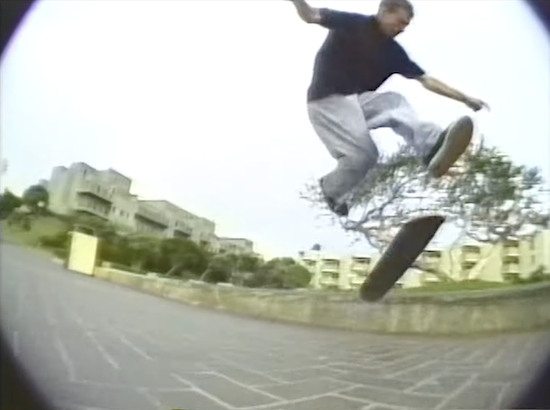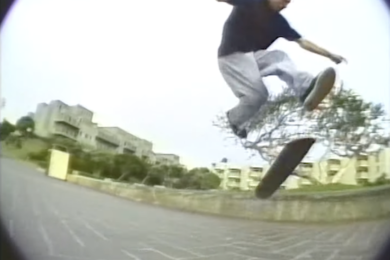I grew up in a house full of music. Records, CDs, cassettes, Minidiscs. All stacked on shelves around the tiny living room, strewn around the hi-fi – the household’s current favourites piled up on any available side surface. My dad owned a record shop, so in one sense this was unsurprising, even inevitable. It made me lucky, or at least that’a what everyone told me. From the age at which music rather suddenly became important the stuff was always just there. Stone Roses first record? Always in the car. Gram Parsons? CD in the player. And – my real big one – Nirvana? On constant rotation. Because of this there’s also always been something ambivalent about the sensation of recalling my first musical loves, something ‘unearned’ about it all. I didn’t have to dig hard enough for the stuff and there remained a sense of a kind of reflected taste, a feeling that I merely inhabited a version of somebody else’s – my parents’ – sensibilities and ideas. There lingers a certain aftertaste of posture, of appropriation. The Kurt Cobain cardi, the long hair, the ripped jeans. Was any of this mine?
After Kurt’s death, that strange and obsessive teenage part of me was looking for something new to fix itself to. A couple of my friends had already moved on from the ‘grunge’ canon to the bands on labels like Epitaph and Lookout Records. Pennywise, Rancid, NOFX – skate punk they called it. Somewhere in amongst this particular branch of musical discovery I found something else, and something that I could claim honestly for myself… the act of skateboarding itself. Over a period of a few months my jeans got looser, my hair got shorter. And then something came along that felt so perfectly blended, so ripe for my still unsatisfied post-Cobain yearning for that full youthful excessive immersion that it might have been conjured out of my own imagination. That thing was The Beastie Boys’ Ill Communication. Once again I had a band that weren’t simply producing music for someone like me to just listen to, but initiating me into an entire imaginative world, an aesthetic guide book, a culture. Made in Hong Kong films, skateboarding, hip-hop, clothes, trainers. I had a new map and I was all in.
It’s a strangely blended memory, now, thinking back to that period. I can recall a few things in pinpoint, precise, detail – some specific gigs, my first set-up, my buddy’s punk fanzine It’s The Law, but there’s another sense of blurred amalgam, of a kind of generic endless summer day spent skateboarding and, well, just hanging around. It’s a sort of listlessness, but one qualified with anticipation, impatience, desire. In that odd time when the world of adults – sex, pubs, work, travel – is simultaneously closed off and vividly alluring we fell into skateboarding and its jargon and vernacular, its quasi-poetics just as others do video games or music, or weed and boyish in-jokes.
All of us in our little gang came from the same few villages and were aged around fourteen years old. We consumed all we could from the only sources available to us at the time. Long before the internet reached the public, these were, firstly, skateboard magazines like Thrasher, Transworld, Big Brother, and most importantly, the UK’s own Sidewalk, and secondly from the skateboard videos which we began to circulate amongst ourselves on pirated VHSs or via swaps or occasional inheritances from older kids who’d given up on their ‘useless wooden toys’. The videos were the truly powerful stuff. At this point we were effectively as far away from the serious business of skateboarding as it felt possible to be. A nondescript suburb too far from London to make that a practical or regular option, and as for the concept of California or New York, those cities that we saw in the American magazines… that might as well have been a different planet. It would be years until we had access to cars or the prop…



